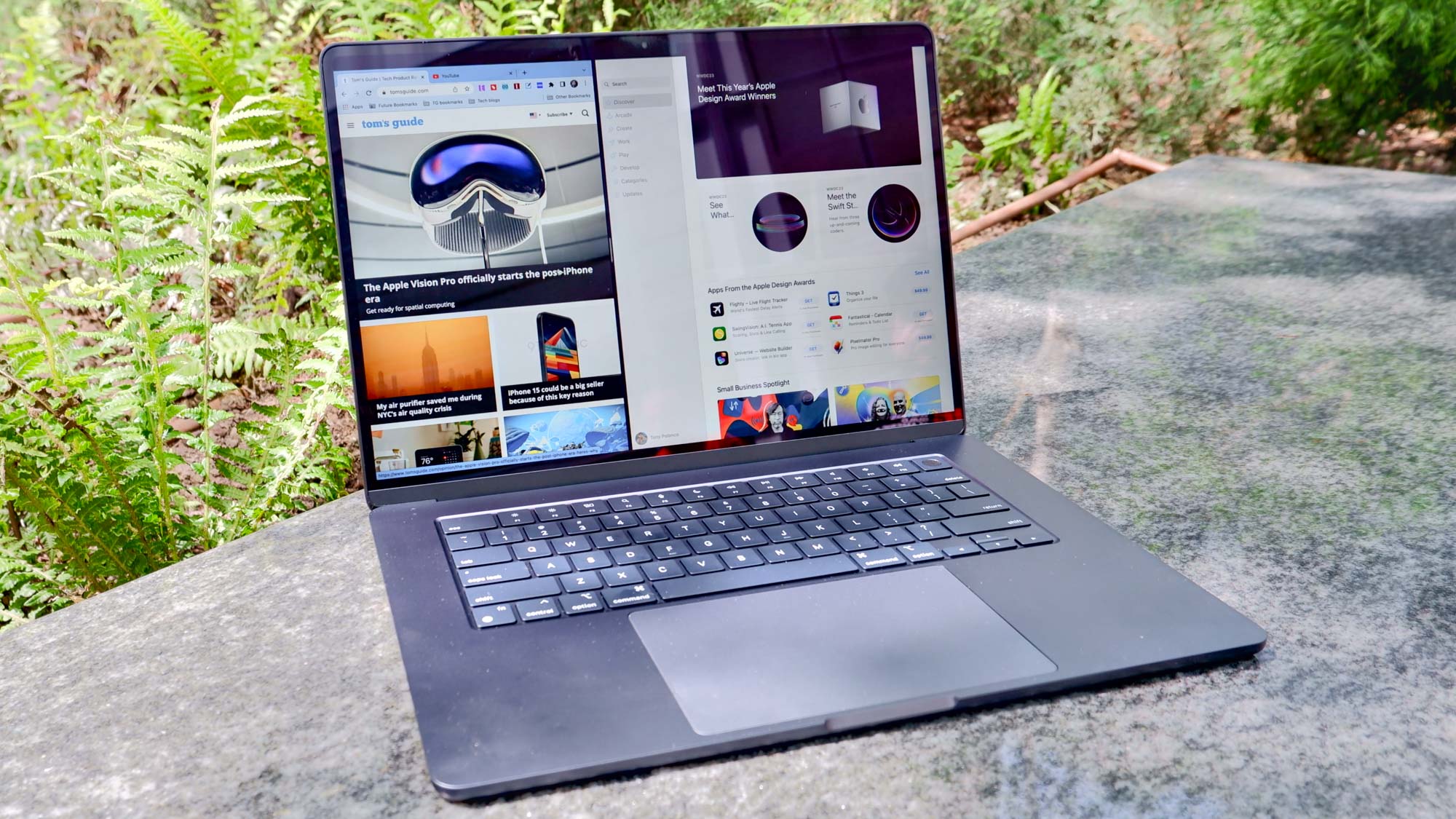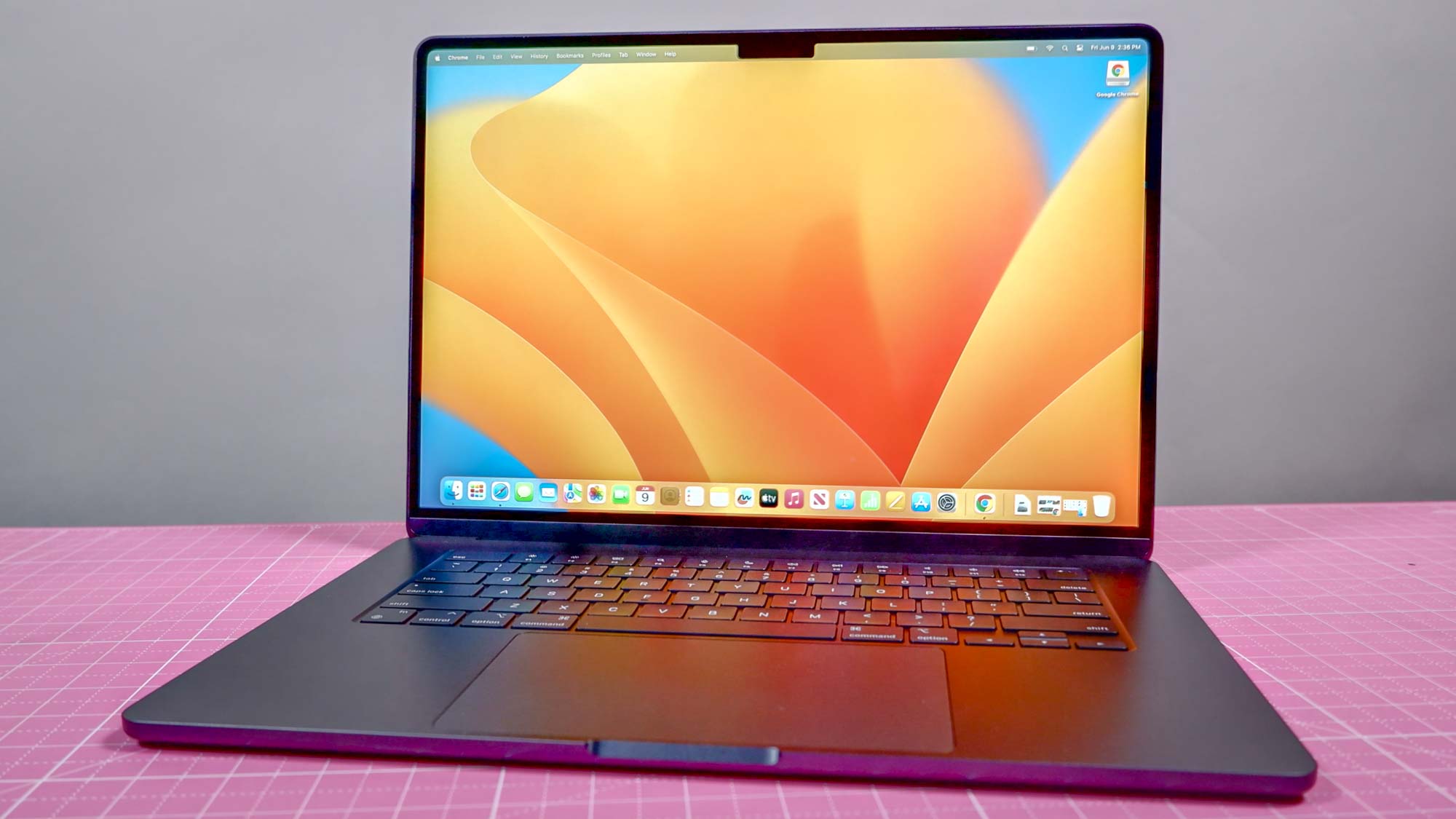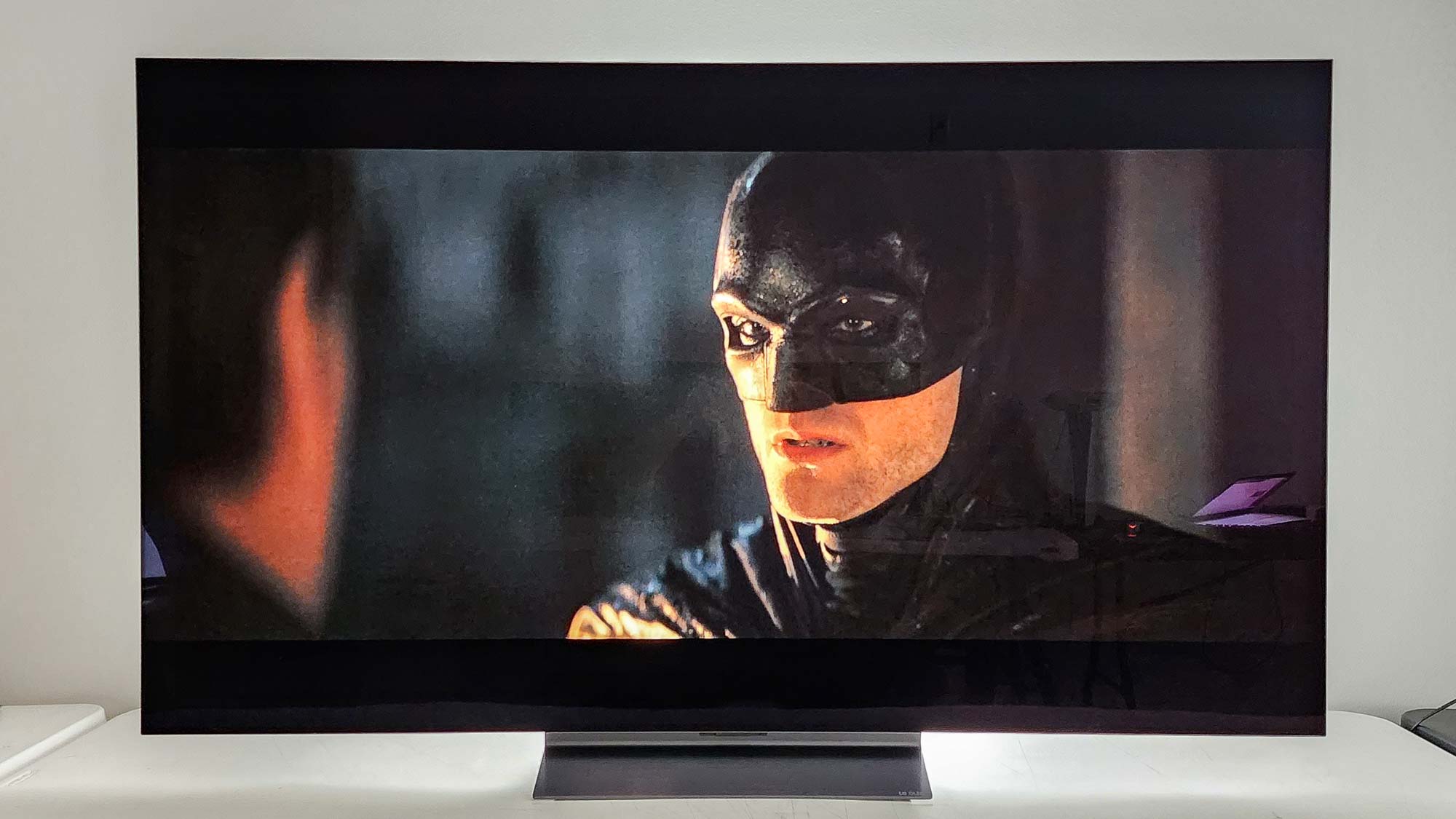
I want the new MacBook Air 15-inch bad. So bad, it’s almost up there with my desire to see Arsenal win the English Premier League title.
As you’ll discover once you read our MacBook Air 15-inch review, it’s now the 15-inch laptop to beat in 2023. Boasting super-speedy performance and better speakers than its 13-inch predecessor, it’s arguably the most elegantly designed MacBook Apple has ever made.
And I won’t be buying one.
The MacBook Air 15-inch is undoubtedly one of the best laptops to ever come out of Cupertino, but I still can’t justify denting my bank account for the M2 monster. It’s not down to the implications for my increasingly depleted wallet, either. Starting at $1,299, Apple’s 8-core CPU/10-core GPU lightweight laptop is competitively priced for what you’re getting under that sleek hood.
Screen there, done that

My issue is with the 15-inch MacBook Air's display. And when I say ‘issue’, this is really only a problem for my incredibly obsessive eyes. The vast majority of Air owners will no doubt be floored by its screen. As they should be.
That 15.3-inch Liquid Retina display is an absolute stunner, delivering vivid images and superb colors at a pin-sharp native 2,880 x 1,864 resolution. Hitting a respectable 500 nits peak brightness and capable of showing a billion colors, the latest Air’s screen is often jaw-droppingly good.
The trouble is, my eyeballs love OLED displays. Actually, they’re besotted with OLED tech. Despite long-standing rumors about an upcoming MacBook OLED unit, Apple continues to shun light-emitting diodes in favor of its traditional Liquid Retina tech.
This is where you should ignore the company’s proprietary naming conventions. ‘Liquid Retina’ certainly sounds impressive, but in reality, we’re still dealing with displays that are based on aging LCD technology. Unlike the best OLED TVs and monitors, MacBooks and iPads can’t turn off individual pixels. No matter how sharp or vivid their images look, MacBooks can’t achieve true blacks, something OLED panels have been able to achieve for the last decade.
Unlike OLED displays, MacBooks can't turn off individual pixels or achieve true blacks.
What does this mean for real-world viewing on the MacBook Air 15-inch? The darkest parts of an image on that movie or show you’re watching will never get properly black. A convincing level of dark gray, no doubt. But never the near-infinite black levels the best OLED screens have delivered for years.
Make no mistake: black levels are crucial to achieving the most immersive viewing experience possible. While the MacBook Air 15-inch excels at web browsing, viewing photos or daytime Netflix binges, its display isn’t as technically well-suited for nighttime viewing as a laptop with an OLED screen. That said, my colleague Tony has reassured me black levels hold up well while testing our Air review unit in a dark office. And his eyes are definitely more sensible than mine.
My aversion to buying the 15-inch Air circles back to my experience of owning an iPad Pro (2021). There’s no denying it’s one of the best tablets you can buy (even a couple of years after launch), but its screen isn’t flawless. For the majority of the time, it’s a brilliant device to watch TV shows and movies on, yet when the sun sets, issues begin to surface.
OLED Dead Redmeption

I watch my iPad Pro an eye-ruining amount. So much so, I recently binged three seasons of Game of Thrones on it while on holiday. While its Liquid Retina XDR display is impressive — and technically more advanced than the screen of the 15-inch Air M2 — it still can’t compare with OLED.
My iPad’s mini-LED screen and its 2,500 dimming zones deliver consistent, believable black levels, but they’re not faultless. Viewed in a dark room, it’s quite easy to spot ‘blooming’ when watching content. In plain terms, this is a screen defect where bright images on a dark screen leak light, creating a sort of halo effect around the brightest parts of a movie scene.
Blooming on my iPad is most prevalent when watching 21:9 aspect ratio content with black borders (most modern movies still have these) and this is definitely an issue that can briefly ruin my immersion when watching films or shows.
Until Apple releases MacBooks and iPads with OLED displays, the firm’s devices won’t be able to perform to their absolute peak in dark environments. The MacBook Air 15-inch and my iPad Pro both have beautiful displays, but for this night owl film lover, their screens still fall some way short of the perfect black levels that make movie magic on an OLED panel.







